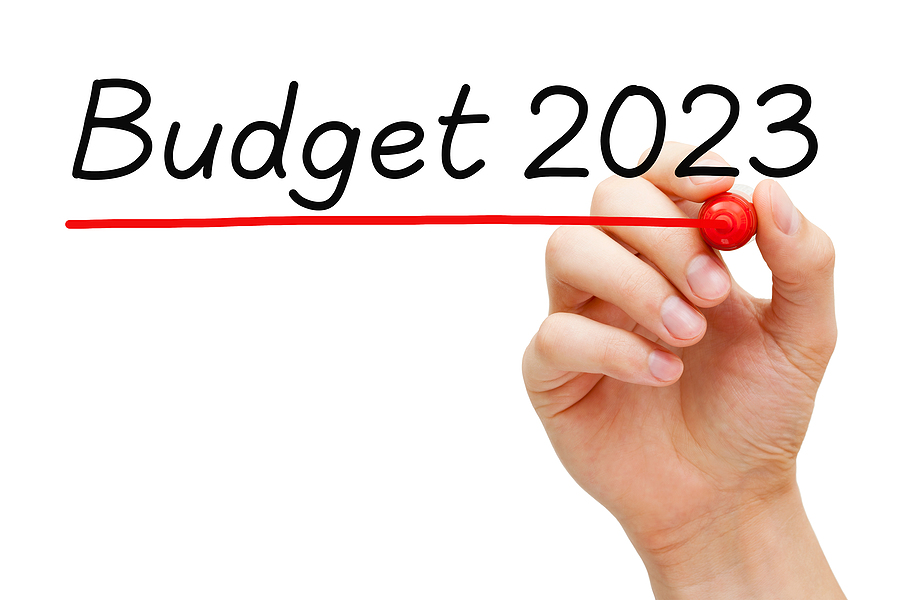Cost of living relief must be temporary and targeted and cash splashes shelved if the federal government is serious about taming inflation and returning the budget to balance in the next 10 years, new PwC analysis shows.
Modelling by the major consulting firm reveals Australia could return its budget to balance in less than a decade if the government remains laser-focused on the bottom line.
PwC Australia chief economist Amy Auster said the May budget was shaping up to be another “bread and butter” one in the face of slowing growth and as the recovery continues from the pandemic.
“To quickly tame inflation and ensure our economic downturn is short and shallow, we need the government to keep a steady hand on the bottom line, avoid a cash splash and chip away at the structural deficit to set us up for long-term economic success,” she said.
Ms Auster said the budget was in a much better position post-COVID and had been buttressed by additional revenue from high commodity prices and an inflation-fuelled tax hike.
But she said the government needed to keep cost of living support contained.
“Any efforts to provide ‘bread and butter’ relief in this budget must be very targeted and very temporary so as to not undercut the RBA’s efforts to tame inflation.”
The modelling paints a picture of gradually trimming spending by 0.15 per cent of GDP each year for the next 10 years, which is $3.7 billion in today’s dollars.
This would return balance to the amount of money coming in versus flowing out – what’s known as a structural deficit – by 2031-32.
But the researchers recognise cutting spending at this scale will not be easy as budget pressure continues to emerge.
The stage three tax cuts are expected to drain billions in revenue, according to Parliamentary Budget Office forecasts, at the same time as big-ticket spending items such as aged care, the NDIS, health, defence and the public debt interest bill continue to swell.
“Cutting $50 billion or more over a 10-year period is tough, but can be achieved by assiduously managing growth areas like defence, health care and the NDIS, while finding savings elsewhere,” the analysis says.
In the short term, a failure to repair the budget will put more pressure on the Reserve Bank as it tries to drive down inflation and in the medium term, it will lift the amount of tax the government needs to contain the growing debt burden.
The Albanese government is under pressure to lift welfare payments but the treasurer has already rejected calls to boost the dole above $50 a day on the basis of budget pressures.
The government is considering an effective boost for single-parent payments by upping the cut-off point.
At the moment, single parents are bumped onto the lower JobSeeker rate when their children turn eight, amounting to a $100 income cut each week.
Pressure has been building to lift the threshold to 16 years of age although there’s some speculation the allowance will only be restored for 12-year-olds.
Independent MP Zoe Daniel said cutting the payment off at 12 years of age would come during the most difficult transition in a child’s life.
“The single parent payment is an investment in families, not a handout,” she said.
Poppy Johnston
(Australian Associated Press)





